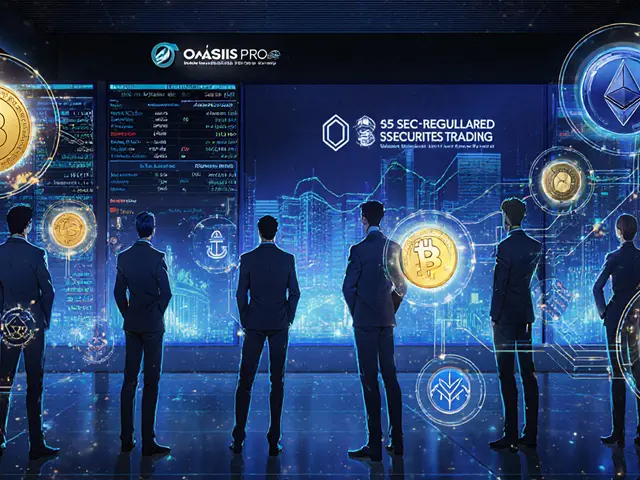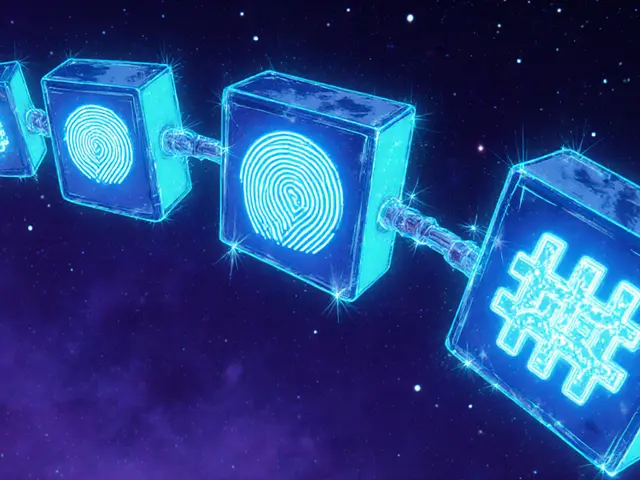Play to Earn: How Crypto Games Turn Play into Profit
When diving into Play to Earn, a model that lets gamers earn cryptocurrency while they play. Also called GameFi, it blends traditional gaming mechanics with blockchain incentives, creating a new economy where time and skill translate into real assets.
One of the biggest drivers behind this model is the Airdrop, a free distribution of tokens to early adopters or active players. Projects use airdrops to kick‑start user bases, reward community engagement, and seed liquidity for their in‑game economies. Getting a slice of an airdrop often means completing tasks, holding specific tokens, or simply playing the game regularly.
The Crypto Gaming, the broader industry where games run on blockchain platforms relies heavily on Play-to-Earn Token, a native cryptocurrency that powers in‑game purchases, rewards, and staking. Tokenomics dictate how many tokens are minted, how rewards are allocated, and what utility the token holds outside the game. Understanding token supply, inflation rates, and governance rights can mean the difference between a fleeting hype and a sustainable income stream.
Key Concepts in Play to Earn
Play to Earn requires three core ingredients: engaging gameplay, a solid token economy, and community incentives like airdrops. GameFi platforms often partner with DeFi services to let players stake earned tokens for additional yield, blurring the line between gaming and finance. This synergy creates a feedback loop—more play leads to more tokens, which can be staked for passive earnings, encouraging even longer sessions.
Now that you’ve got the foundations, the articles below break down each piece in detail. From mining pool strategies to NFT‑based game tokens, you’ll find actionable tips, risk warnings, and step‑by‑step guides to help you navigate the Play to Earn landscape with confidence.
Discover detailed info on Bit Hotel (BTH) 2025 airdrop campaigns, reward pools, eligibility, claim steps, and token utility in the Play‑to‑Earn metaverse.
Read More





